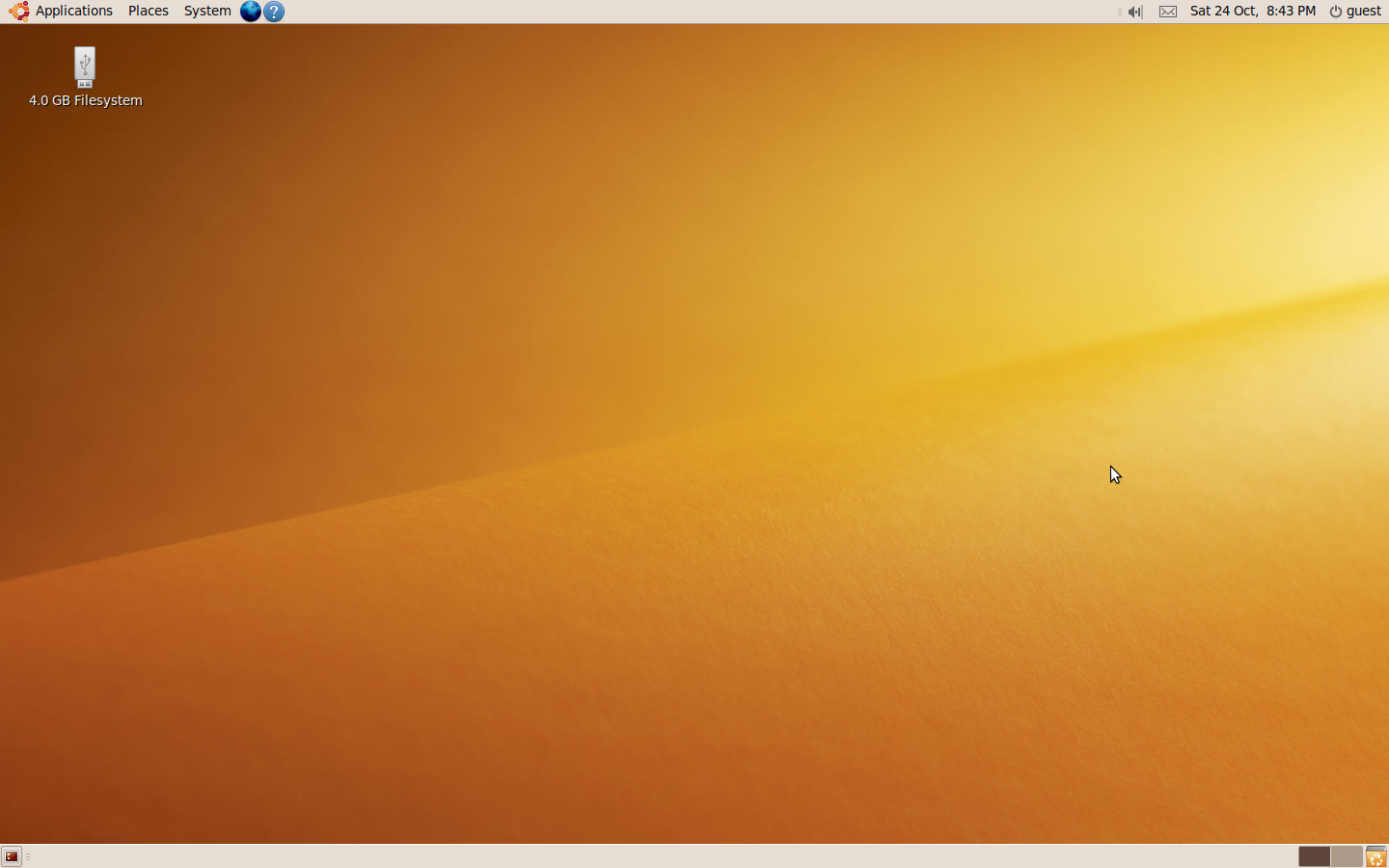Below are 10 of Ubuntu’s most defining moments from the past decade.
With the leading desktop Linux distribution about to enter a brand new decade — along with the rest of us — it’s sure to face new challenges and see new opportunities arise.
So taking a look backwards, to appreciate how far Ubuntu has come in past ten years, feels rather appropriate.
From the successes that helped Ubuntu’s popularity balloon, to the controversies that nearly punctured it irreparably.
Wherever you are and whichever distro you’re now running, pop open a can of Ubuntu cola then scroll down to relive ten of Ubuntu’s most defining moments.
Ubuntu’s Decade in Review
1. A Brand New Brand
If you were using Ubuntu at the start of the 2010 then it would’ve looked something like this:
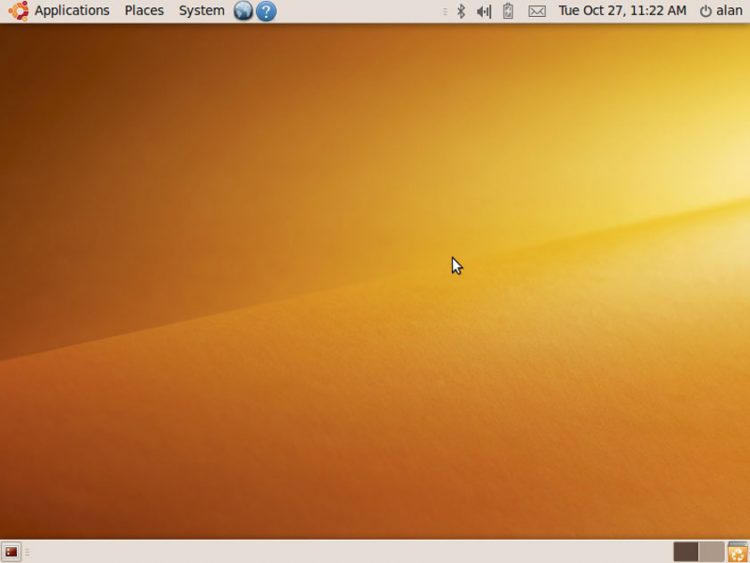
And the Ubuntu logo and typeface set in place to convey the brand and its ethos was this garishly playful combination:
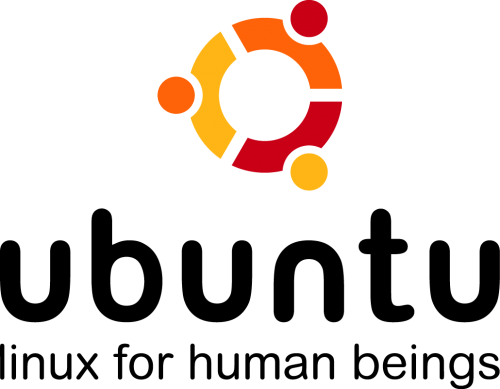
Yup, Ubuntu’s trademark look at the start of the 2010s involved a lot of orange, a lot of brown, and a lot of rough edges. Even the once-memorable slogan “Linux for Human Beings” was beginning to sound a wee bit trite come 2010.
But thankfully not for long.
In March 2010 both Canonical and Ubuntu underwent an extensive brand revamp ahead of the then-upcoming Ubuntu 10.04 LTS release.
Every inch of the project was renewed, rejigged and/or refreshed. There was a classy new Ubuntu logo, a professional designed typeface, a pair of new GTK themes, an updated icon set, and more.
By giving Ubuntu a comprehensive rebrand Canonical was able to construct a solid identity around the distro, one rooted in modern sensibilities and attentive design. Ubuntu no longer needed to say it was ‘for human beings’ because it looked like it was for human beings!
Nowhere was the confident new identify more visible than on the Ubuntu desktop itself. There the new ‘Ambiance’ theme stood proud:
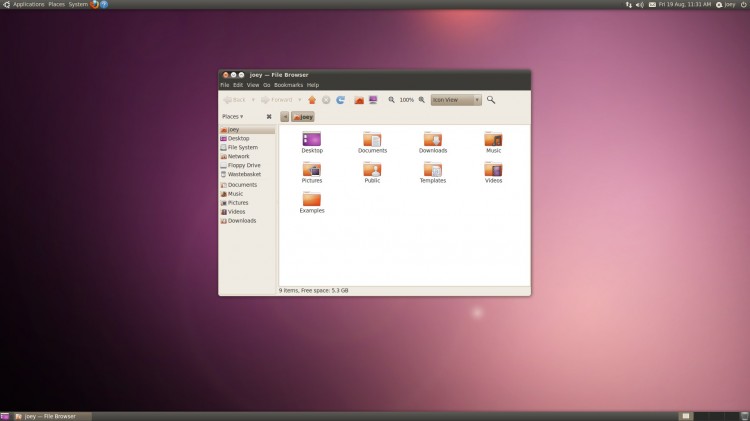
Not that things were 100% perfect out of the gate, mind. There were a few missteps here and there too. We lost mascot wallpapers in process, instead getting seven solid years of what one omg! ubuntu! reader referred to as “purple vomit”.
In fact, the wallpaper for Ubuntu 10.10 was so poorly received that it had to be redesigned prior to release!
But on the whole the rebranding was good enough to stand the test of time — as the fact that most of it is still in use today, proves!
2. Far Left, Man

Putting aside “Amazon-gate” (which we’ll get to a bit later) one of the biggest furores in Ubuntu’s history (in all the time that I’ve been writing about it, at least) is undoubtedly the window button controversy in Ubuntu 10.10.
Long before Unity, systemd, Snaps, et al arrived to agitate the agitable was the placement of window buttons.
Ubuntu decided to move window controls from the right-hand side of window frames (like on Windows) to the left-hand side of window frames (like on macOS) in Ubuntu 10.10.
And boy was the Ubuntu community outraged!
Bug reports were opened. Petitions were signed. A veritable wall of blog posts decrying the effort appeared in quick succession, each forming a defensive wall around the fragile minds of people who simply could not countenance window buttons being on the wrong side!
The reaction was so intense that a poll we ran at the time asking readers to vote for their preferred window button position got over 20,000 votes — it was that insane!
Despite the ferocity of opinions that were directed at Ubuntu (and Mark Shuttleworth in particular) the distro didn’t back down.
This resolute reaction was, in many ways, our first taste of an innate belligerence within Ubuntu that would, in years to come, be far more evident in the distro’s decision making.
As for window controls? Well, a few months after buttons switched side the whole issue was …Pretty much forgotten. The world kept turning after all — who’d have thunk it?!
3. The (dis)Unity Desktop
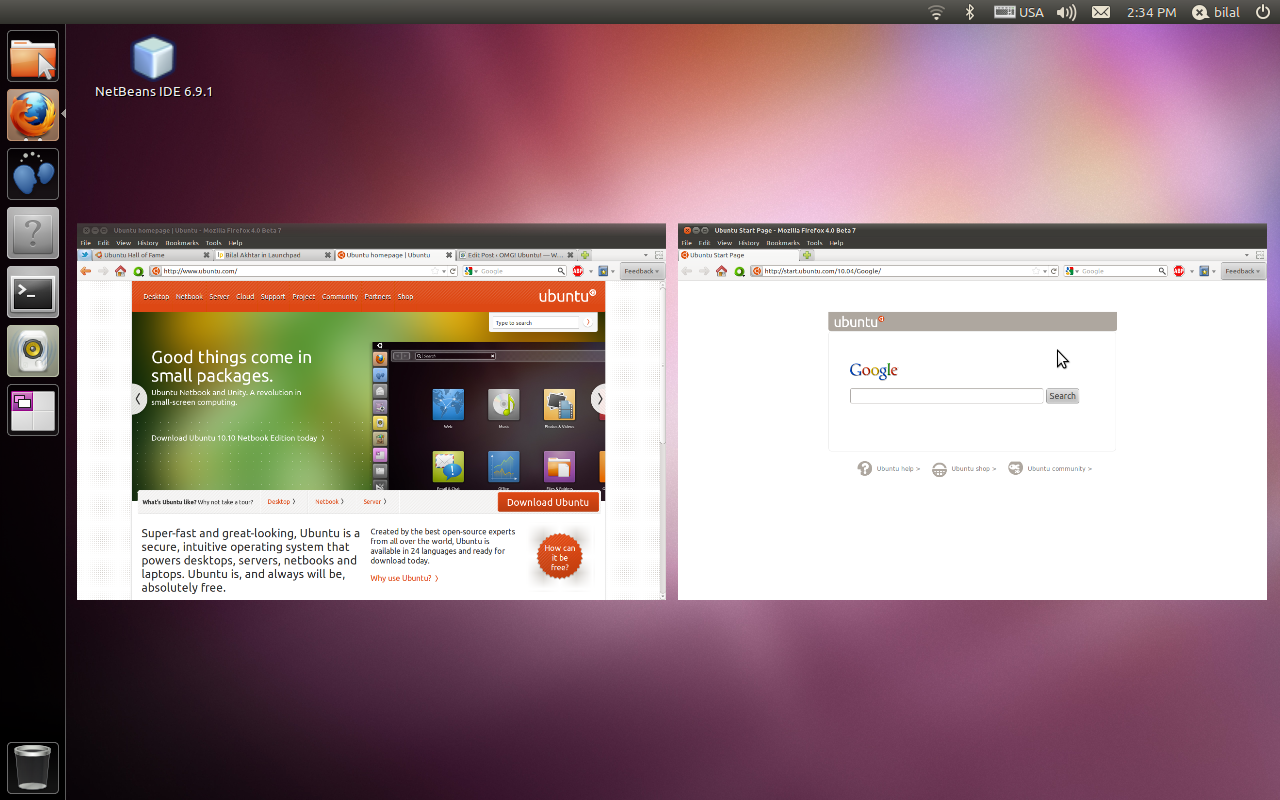
The introduction of Unity is, for many, the defining moment in Ubuntu’s history. It was the point at which the distro went from curating a user experience to building one.
Unity desktop was introduced in 2010. At first it was intended as a replacement for the Ubuntu Netbook launcher UI. But to much surprise the Unity desktop was made desktop default in Ubuntu 11.04.
And people were thrilled. Jubilant, even. Street parties were thrown. Celebratory coins were minted. A good time was had by all…
Okay, none of that happened. Instead, the wider Linux and open source community — this is distinction worth pointing out — were left aghast at this decision.
Chances are you have some sort of opinion on Unity to this day. In fact, I dare say you’d be hard pressed to find any long-time Linux user who doesn’t have one.
Which presents is a dichotomy: on one hand Unity is arguably the most successful and widely used Linux desktop environment ever created. But on the other, it is also one of most divisive and controversial Linux desktop environments ever created.

It didn’t help that early versions of Unity were “problematic”. Critical features were missing. There were noticeable performance issues. And at times it felt like Ubuntu’s design and engineering teams were pulling in distinctly different directions.
First impressions count, they say. And Unity’s was memorable for all the wrong reasons.
But once those early (and often controversial) kinks were ironed out, what was left was a highly polished, slick looking desktop UI: a fit, functional rival to anything Microsoft or Apple were putting out at the time.
A cymbal crash heralding maturity: Unity was arguably the moment that Ubuntu stopped being ‘just’ a Linux distribution and started to become an proper bona-fide operating system.
4. On the Edge of Success
Canonical kicked off 2013 in a memorable way: announcing a new initiative: bring Ubuntu to smartphones.
But it was only with the launch a hugely ambitious crowd funding campaign later that year that people began to take the effort seriously.
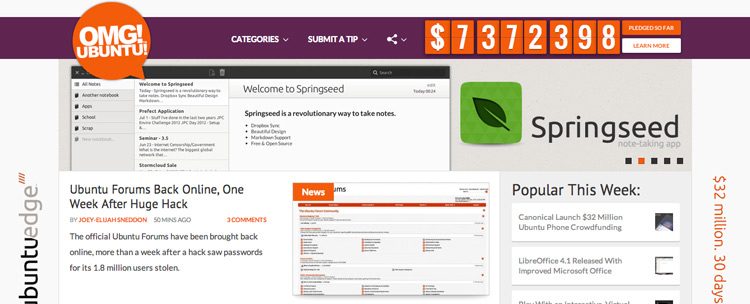
The goal? To raise a jaw-dropping $32 million. This money would fund the development and manufacture of a ‘next generation’ smartphone that could double up as a desktop PC when connected to a spaghetti heap of wires and peripherals.
Despite raising a tonne of cash — $2 million in 12 hours, and $12.8 million in a single month — the Ubuntu Edge crowdfunding campaign failed.
It wasn’t a total loss, mind. The high-end smartphone of Mark Shuttleworth’s dreams didn’t spark into production (with its chamfered edges) but the era of Unity 8 and “convergence” was born.
The Edge campaign, in many ways, reflects the fate of the wider Ubuntu Phone push: successful in small ways, but too far removed from its ideals to make any lasting impact.
5. Ubuntu (d)One
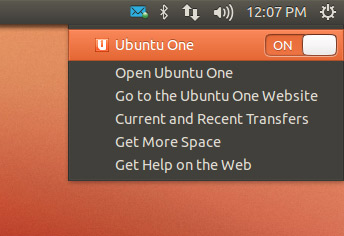
If you used Ubuntu during its halcyon days you’ll remember a seemingly endless innovation that abounded.
From Unity, HUD, and Scopes to efforts like the Sound Menu, MeMenu, web app integration, and more — Ubuntu was charging ahead, firing on all cylinders.
Amongst the effort was Ubuntu One.
Ubuntu One was a suite of cloud services that included free and paid online storage, a branded music store, music streaming, dedicated sync apps for Windows, macOS, and Linux desktops, mobile apps for Android and iOS, support for paid app purchasing, and more.
It was, in many ways, the glue in the burgeoning Ubuntu experience.
Just sadly not for very long.
Despite being available to tens of millions of users around the world (as well fully functional on Windows and macOS desktops too) Ubuntu One couldn’t find a way to make itself profitable enough.
So it was axed.
The timing of Ubuntu One’s demise was, in hindsight, an odd one. It happened on the cusp of the Ubuntu Phone project kicking in to gear — a project built heavily around “cloud” data!
6. Shopping for Controversy
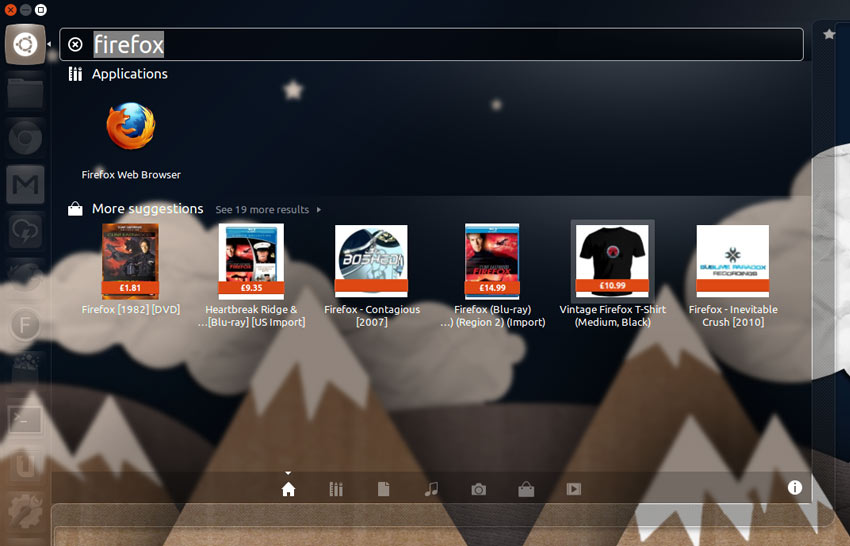
Oh c’mon: you didn’t think this I’d skip mentioning this little blip, did you?!
On paper the idea of the “Shopping Lens” — which went on to be labelled spyware by many — was kind of neat: when you search the Unity dash using a term that’s also related to “shopping” a handful of “relevant” shopping results are displayed alongside content from other matching sources.
The first (of several) problems was that this “Smart Scope” (as the feature was later named) simply wasn’t that smart. The “relevance” of shopping results was often loose at best, and veritable spam at worst!
But there were privacy implications too — ones that many in the open source community just couldn’t overlook.
“Anonymised Data”
To determine whether a search query made in the Dash was relevant to shopping, Unity would send each and every word typed to a remote server.
The remote server would parse the search term and, in most cases, pass it on to Amazon to fetch a (supposedly relevant) set of product results from the store. These were fed them to the users in the Dash.
While all data ferried to and from Amazon was stripped of any identifying personal information, none of this was opt-in. Amazon got your queries (and you got their shopping results) out of the box, by default, as designed.
While upfront indication of what was happening in the background of the Dash improved by later releases, the declination to heed users wanting it off entirely inflicted serious repetitional damage to Ubuntu as a project — damage that still hurts it to this day.
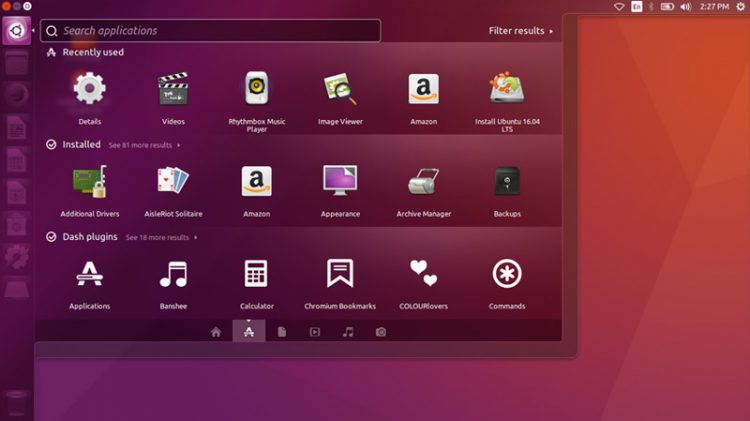
I often felt like much of the anger around the “feature” wasn’t actually to do with anonymised data being sent somewhere, or the endless glut of useless tiles that cluttered up the Dash. Those were just communicable ways to vent a deeper feeling that Canonical was not “listening” to the voice of its users again (see moments #2 and #3).
After all, Ubuntu was supposed to be the Linux distro made by, for and with the community. But at this point the distro felt more like it was fixated on revenue seeing its user base as a commodity, not a community.
7. The First Ubuntu Phone
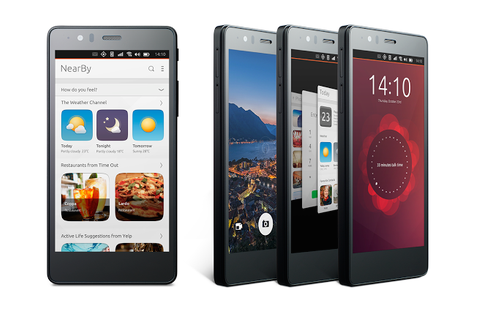
After several years of development and countless promises that a “high-end” Ubuntu phone was “coming soon” from “household brands“, the first Ubuntu Phone sort-of went on sale in early 2015.
Made by Spanish mobile company Bq, the Aquaris E4.5 Ubuntu Edition was a €169 phone with so-so specs. It wasn’t a bad phone per se …It was just so incredibly unremarkable given the hype that preceded it.
‘Mistakes Made’
A thesis could be written on the (many) mistakes made during the Ubuntu Phone era. But the decision to make the very first device a low-spec re-badge of an existing Android handset that the mobile industry had hitherto ignored?
That would require its own chapter.

And the decision to artificially limit sales of the phone so that everyone who wanted to buy one couldn’t?
Another chapter.
And the decision to promote the device using non-developer imagery and expectation-inflating slogans like “life at your fingertips”?
Well, you get my point.
Ubuntu enthusiasts were (mostly) in tune with the phone’s (inevitable) shortcomings. But the attentive consumer wasn’t.
In fact, the last thing people in the “mainstream” had heard about Ubuntu phone was the high-spec convergent one from the failed crowdfunding campaign (see moment #4).
People were expecting something big, something flashy, and something flagship. Alas, they got the Bq Aquaris E4.5 Ubuntu Edition — a phone that was so limply received on arrival that it’s amazing anyone remembers it.
8. Snap Apps
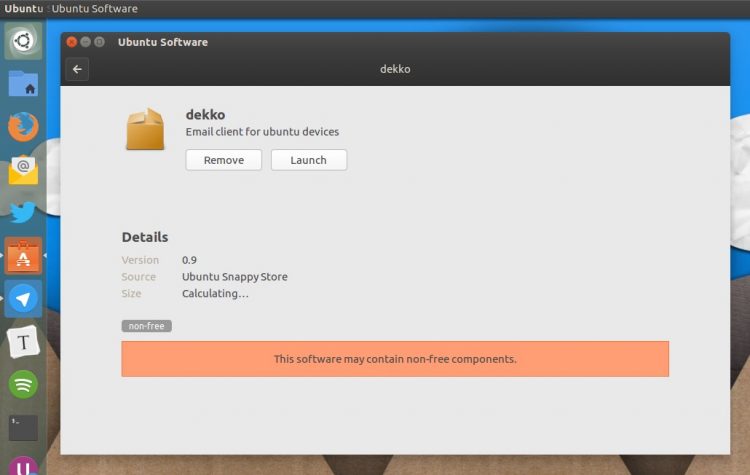
The Ubuntu Phone project may have ultimately failed in its goal of ‘disrupting’ the mobile industry and kickstarting a new era of personal computing — but some of the work created as part of that push has survived and flourished.
Introduced in 2016, the .snap app format is an evolved version of the “sandboxed” .click package format created for Ubuntu on phones and tablets.
And it’s been a huge success.
Those who enjoy the Snap vs Flatpak debate often argue over format came first — Flatpak were borne from the xdg-app initiative circa 2015-ish, while Snappy is a continuation of click circa 2014-ish. But the answer is largely moot as the two formats differ in several major ways.
Snap is far more than just a GUI app format. Many of its core features (like transactional updates, auto-updating, app rollback, etc) cater more towards server, cloud, and IoT usage more than they do desktop.
But desktop is where Snaps are seeing the most visible success.
‘Major Success’
Canonical introduced desktop support for Snap apps in Ubuntu 16.04 LTS, with relevant support for .snap app side loading, snap://url handling, and GUI browsing via the Snapcraft store following soon after.
In a few short years Snappy managed to do what the early “Ubuntu Software Centre” hadn’t: attract ISVs en masse.
Among software now packaged and regularly updated through the Snap store you’ll find well-known names like Spotify, Skype, VLC, Slack, and VSCode, as well as open source faves like Mozilla Firefox, Chromium, GIMP, Audacity, and Kdenlive.
9. 32 Bit Saga
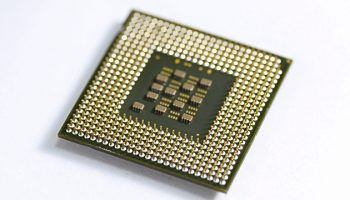
Ubuntu built its reputation on being the best Linux operating system for developers of all shades — and to live up to that it often has to make difficult decisions.
For the bulk of its existence the distro has been at the cutting edge of innovation and technology within the open source and Linux communities, on desktop, server, cloud, container, IoT.
It is, in many ways, a leader — and with that comes responsibility.
We all appreciate that mainstream 32-bit computing has had its day. We’re firmly in the era of 64-bit computer, be it x64 or ARM64, and have been for many years.
So when Ubuntu dropped support for 32-bit install images in 2017 it was one of the first major Linux distributions to do so (and was doing so based on survey results showing very few people were using it).
It did, however, commit to keeping the 32-bit archive around (meaning, in theory, users could still run the latest versions of Ubuntu on 32-bit hardware, just without a dedicated disc installer image).
But when it announced plans to retire wholesale 32-bit app support starting with Ubuntu 19.10 users were upset. Developers were upset. Independent software vendors were upset. People with obscure and curious niche computing needs were upset.
Initially we were treated to some of Ubuntu’s trademark bullishness (see #2, #3 and #6); it was not changing course.
‘Steam Vented’
However, their tune changed after Valve announced that Steam for Linux would no longer officially support Ubuntu if the planned move went ahead.
See, many older games that folks have paid money for rely on 32-bit libraries to run on modern Linux systems. Older games are unlikely to be “ported” or updated to use 64-bit as, unlike software, games don’t tend to get continued development.
So it was a big deal.
With gaming being an important selling point for Ubuntu, the distro turned tail and announced a compromise days after Valve’s ultimatum.
Instead of maintaining an entire 32-bit archive going forward it would “freeze” the majority of packages on the last known working version and maintain critical 32-bit libraries to keep apps like Steam working.
And all was well again…
10. Home Sweet GNOME
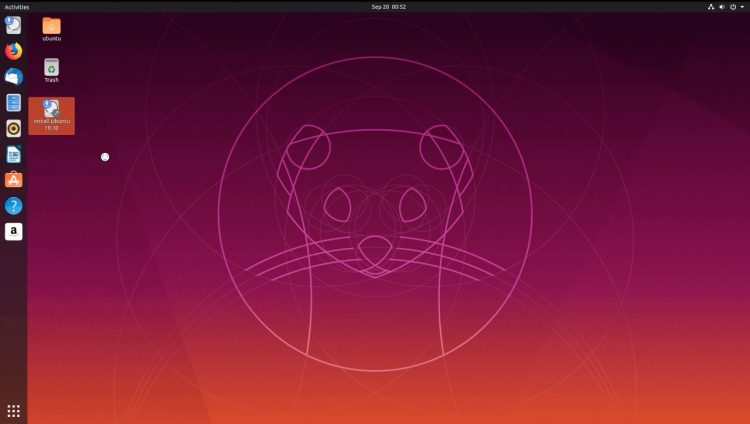
With the smudge of a “publish” button it was all gone: Ubuntu phones, tablets, Unity 8 desktop, OTA updates, Mir, convergence, core apps, Qml developer guides, hardware launches, flash sales, fancy slogans — the whole lot.
But though Mark Shuttleworth’s blog post to announce the end of the Unity 8 era was abrupt and upsetting, it was also a chance to course correct.
With its lofty mobile ambitions left by the wayside, Canonical was free to focus on Ubuntu’s core strengths, on the things which made it so successful in the first place.
GNOME Shell was installed as the default user interface for Ubuntu desktop. This was a very well received change.
Home-grown touches like the Ubuntu Dock and system tray icons support were added, all directed by user feedback just like in the old days.
Ubuntu’s engineering resources are now being put to fantastic use. The performance gains offered up in GNOME 3.34 release (which is the heart of Ubuntu 19.10) were driven, in part, by its developers.
Two and a half years in and things are going great. The reception received by Ubuntu 19.10 was off the charts.
A strong foundation is now set on which to build out the next Long Term Support release, whose features are (thankfully) being crafted with the needs of the Ubuntu community in ear.
Behold! A Timeline!
To better illustrate the course of the past ten years I put together this graphical timeline. It’s signposted by most of the “defining moments” mentioned above:

I also want to know which moments YOU consider the most defining, both in the trajectory of Ubuntu’s development and from your own personal experience of using it — so do share thoughts in the comments section below!

